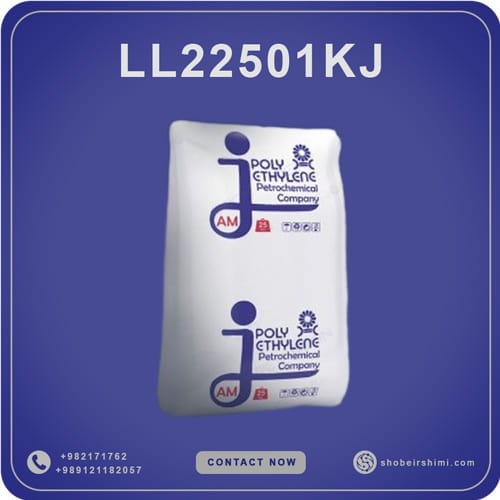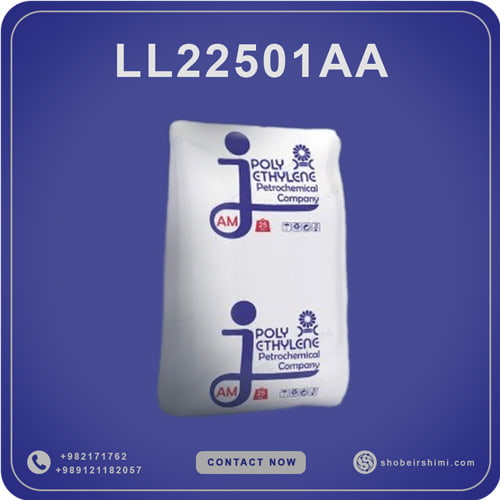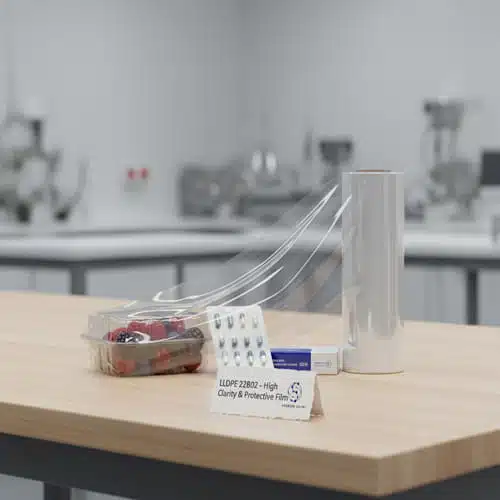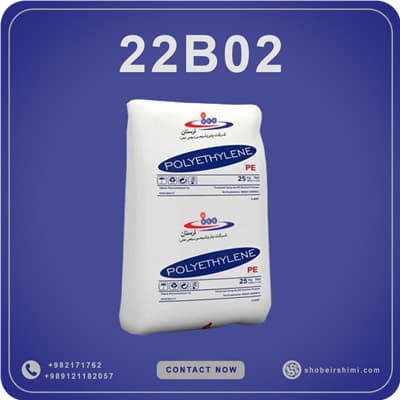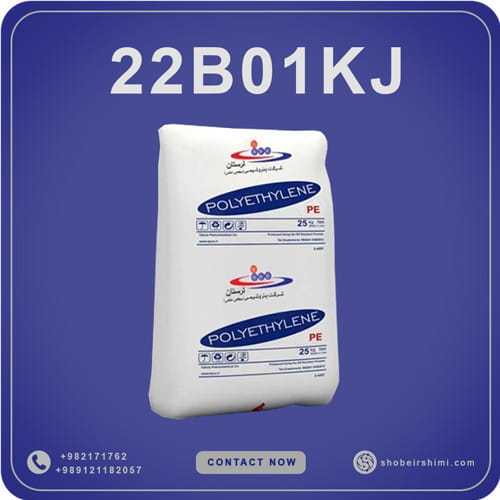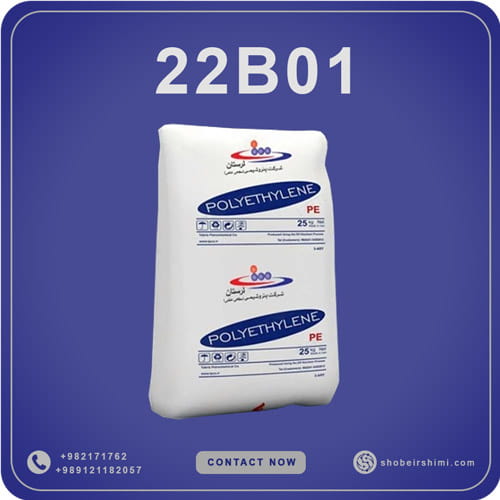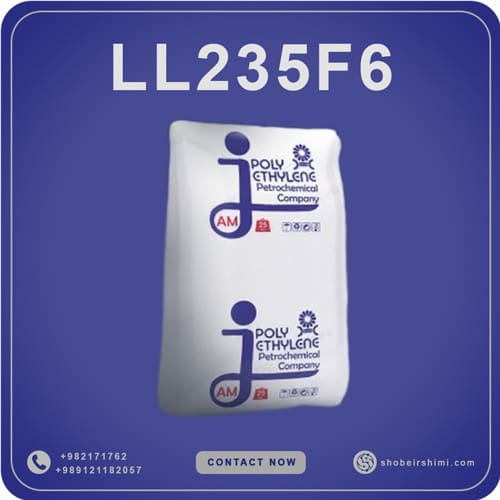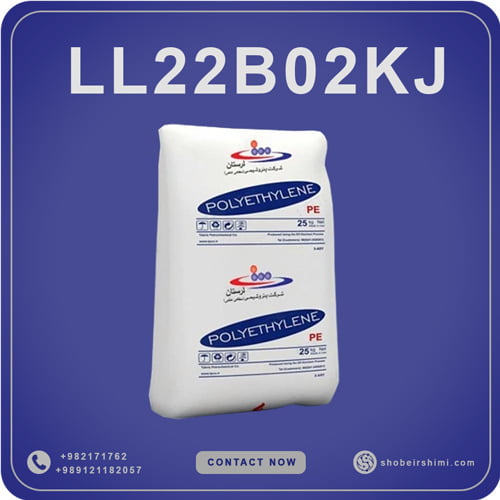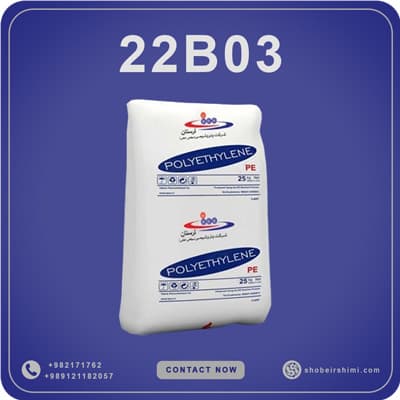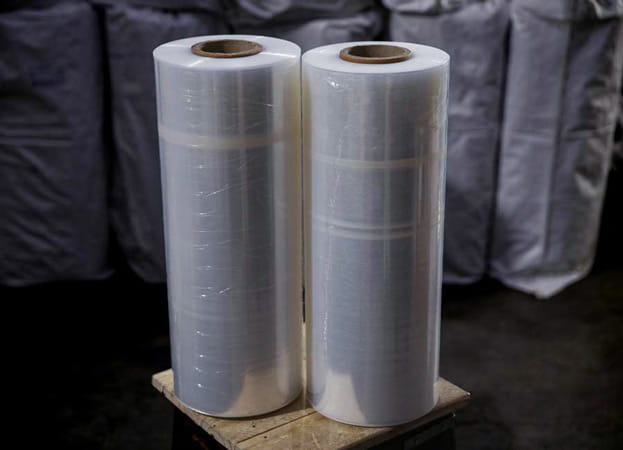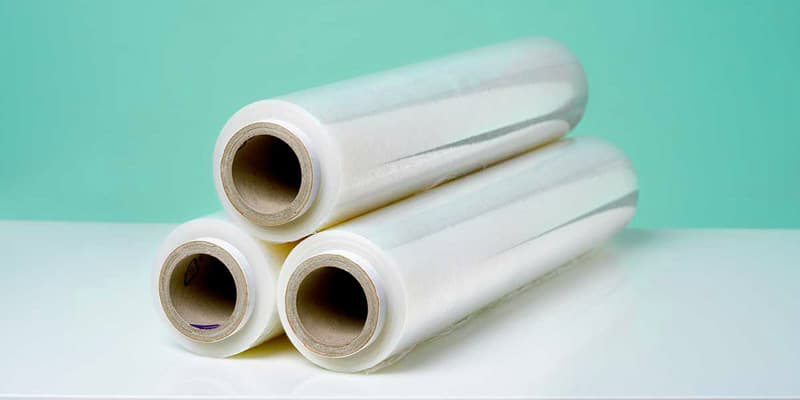Introduction to LLDPE Film
LLDPE FILM plays a pivotal role in the modern plastics industry. However, when enhanced with linear molecular structure, it becomes what we know as LLDPE film—Linear Low-Density Polyethylene film. This material is produced through the copolymerization of ethylene with alpha-olefins like butene, hexene, or octene. The result is a polymer with short-chain branches on a linear backbone, granting it unique flexibility and strength.
Compared to traditional LDPE or HDPE, LLDPE offers superior tensile strength and puncture resistance without sacrificing softness. These improvements have made it indispensable in applications such as lldpe stretch film and lldpe shrink film, where flexibility and durability are critical. Its balance of properties makes it suitable for high-performance packaging, agriculture, and construction sectors alike.
LLDPE FILM: Key Properties & Advantages
LLDPE FILM has earned its reputation in global markets due to the outstanding mechanical and functional properties. These properties make it an ideal choice for industries requiring strength, flexibility, and durability across varied environments. Some of the key advantages of LLDPE film include:
- High tensile strength: Capable of stretching under load without tearing.
- Exceptional puncture and impact resistance: Ensures product safety during transportation and handling.
- Excellent flexibility: Allows tight wrapping without breakage, essential in lldpe stretch film applications.
- Chemical resistance: Stable against acids, bases, and alcohols, making it ideal for industrial usage.
- Moisture barrier: Protects contents against humidity and external contaminants.
- Thermal stability: Operates efficiently under heat-sealing conditions without deformation.
- Environmental stress crack resistance: Performs better under prolonged mechanical or chemical stress.
- Clarity and low haze: Especially important in retail and food packaging.
Common LLDPE FILM Grades & Specs
LLDPE film grades are widely used in packaging and industrial applications due to their balance of strength, flexibility, and processability. The following selection includes grades tailored for high-stiffness films, food-grade packaging, stretch films, and general-purpose uses. In the sections below, seven key LLDPE grades are described in detail, highlighting their melt flow index, density, and typical applications.
- LL-235F6: LL-235F6 is a linear low-density polyethylene (LLDPE) grade with a melt flow index (MFI) of 0.6 g/10min and a density of 0.922 g/cm³. It is designed for a wide range of film applications including agricultural films and tapes, shrink films, lamination layers, industrial films, and frozen food packaging. Its balanced flow properties and medium stiffness make it suitable for both blown and cast film processes where toughness, flexibility, and moderate clarity are required. This grade provides excellent sealing properties and processability, making it a versatile choice in both food and non-food packaging industries.
- LL-0209AA&KJ: LL-0209AA&KJ is a food-grade LLDPE with a very low MFI of 0.19 g/10min and a density of 0.920 g/cm³, which translates into superior strength and stress-crack resistance. It is optimized for applications that demand high purity and mechanical durability such as heavy-duty sacks, agricultural liners, stretch films, and food-contact packaging like produce bags. The low melt flow ensures excellent film strength and puncture resistance, while the grade formulation complies with strict food safety regulations. Its versatility across blown and cast processes makes it ideal for hygienic and robust film applications.
- LL-22B01KJ: LL-22B01KJ is an LLDPE film grade featuring a melt flow index of 1.0 g/10min and a density of 0.922 g/cm³, tailored specifically for high-stiffness blown film applications. This grade offers an optimal balance between processability and mechanical performance, making it a popular choice for lamination layers and blending in multilayer structures. Its enhanced stiffness and tensile properties support excellent printability and dimensional stability, particularly in packaging formats that require rigidity and consistency. LL-22B01KJ is particularly well-suited for technical packaging films where optical clarity is secondary to mechanical strength.
- LL-22B01: LL-22B01 shares the same melt flow index (1.0) and density (0.922) as LL-22B01KJ, indicating similar molecular architecture and rheological behavior. It is primarily used in high-stiffness blown films and lamination applications. The grade’s high mechanical strength, combined with good film integrity, enables reliable performance in demanding packaging environments. It is suitable for coextruded film structures and blending with other polyolefins to fine-tune film stiffness and sealability. This grade is favored in packaging applications where dimensional control and tear resistance are critical.
- LL-22B02: LL-22B02 is a high-flow LLDPE film resin with an MFI of 2.0 g/10min and a density of 0.922 g/cm³, developed for high-stiffness blown and cast film applications. The increased flow rate allows for improved throughput during film extrusion and facilitates better layer distribution in multilayer film systems. It offers a good balance between stiffness and flexibility, making it ideal for food and industrial packaging where mechanical resistance and process efficiency are required. Its compatibility with blending operations also enables enhanced formulation flexibility for converters.
- LL-22B03: LL-22B03, with a melt flow index of 3.0 g/10min and a density of 0.922 g/cm³, is engineered for high-efficiency film production lines, particularly in blown and cast film applications where superior processability is required. This grade offers lower extrusion torque, allowing for thinner films and faster processing speeds without sacrificing stiffness or sealing strength. LL-22B03 performs well in lamination films and is often used in multilayer packaging where productivity and mechanical strength must be optimized simultaneously. Its rheological profile ensures consistent thickness and reduced die build-up.
- LL-18B03: LL-18B03 is a general-purpose LLDPE film grade with a high melt flow index of 3.0 g/10min and a slightly lower density of 0.918 g/cm³, making it more flexible compared to higher-density grades. It is primarily used for cast stretch films and in V&C (vinyl and copolymer) compound applications. Its higher melt index ensures excellent stretchability and easy processing, which is essential in applications requiring film elongation, cling, and recovery. This grade also delivers good optical properties and is suited for everyday packaging where cost-efficiency and film versatility are key factors.
LLDPE FILM Uses & Applications
LLDPE film continues to dominate multiple industries due to its versatile and high-performance nature. Its adaptability allows it to serve as a key material in a broad spectrum of applications, from food packaging to industrial protection and agriculture. The most common LLDPE FILM uses include:
- Flexible packaging: Grocery bags, pouches, liners, and cling wraps benefit from the film’s stretchability and clarity.
- Industrial stretch and pallet wrap: The strength and elasticity of lldpe stretch film ensure stable and damage-free transportation of goods.
- Shrink packaging: Products requiring tight wrapping utilize lldpe shrink film to conform around irregular shapes and improve product visibility.
- Agricultural films: Greenhouse covers, mulch films, and silage wraps take advantage of LLDPE’s UV resistance and moisture barrier.
- Construction films: Used as vapor barriers, moisture-proof layers, and protective coverings at construction sites.
- Medical and industrial applications: LLDPE films are employed in tubing, disposable aprons, sterile wraps, and other industrial protective solutions.
With such widespread utility, the demand for reliable LLDPE film suppliers is constant. Top suppliers often differentiate themselves by offering high-grade resins, data sheet transparency, technical support, and consistent supply chains. One of the most decisive factors for buyers remains the LLDPE FILM price, which varies based on:
- Resin grade (metallocene, lamination, shrink, stretch)
- Additives and processing stabilizers
- Source country and transportation costs
- Global polymer market fluctuations
LLDPE FILM Manufacturers & Suppliers
LDPE FILM production in Iran is supported by a strong network of well-established LLDPE FILM suppliers. These manufacturers are recognized for producing a wide range of LLDPE FILM GRADES, meeting international standards for clarity, tensile strength, and consistency. Key Iranian producers include:
- Jam Petrochemical Company
- Amir Kabir Petrochemical
- Shazand (Arak)
- Mahabad Petrochemical
- Lorestan Petrochemical
- Tabriz Petrochemical
- Bakhtar Petrochemical
These suppliers offer technical-grade data sheets, reliable supply chains, and competitive pricing structures. Most of them produce specific variants such as lldpe stretch film, shrink films, lamination grades, and food-safe resins.
Iranian LLDPE FILM suppliers have gained a reputation in regional markets—especially in Russia, Afghanistan, and GCC countries—for delivering cost-effective and high-purity LLDPE resins. Many supply options are also available for both FOB and FCA terms.
LLDPE FILM Price
LLDPE FILM pricing is influenced by a combination of material grade, production method, regional availability, and global petrochemical trends. Buyers seeking cost-effective solutions need to evaluate not just the LLDPE FILM price but also its technical specifications. Key price drivers include:
- LLDPE FILM grade: Metallocene-based films, high-clarity variants, or lamination-grade resins often come at a premium.
- Additives and performance enhancers: Films with UV protection, anti-fog properties, or anti-static compounds cost more.
- Market conditions: Global oil prices, feedstock supply, sanctions, and shipping costs play a direct role in pricing dynamics.
- Production source: Local vs imported films (e.g., Iranian vs Gulf origin) have different cost structures.
LLDPE FILM in Iran Market
- The Iranian market for LLDPE FILM has shown significant growth, driven by a robust petrochemical infrastructure and competitive production capabilities. Multiple LLDPE FILM Grades are manufactured locally, serving industries such as packaging, agriculture, construction, and shipping.
Leading manufacturers like Shazand, Mahabad, and Lorestan Petrochemical supply a wide variety of lldpe shrink film and lldpe stretch film, ensuring that local and regional demands are met effectively. Their ability to produce films with high clarity, puncture resistance, and thermal stability has positioned them as strategic LLDPE FILM suppliers in the Middle East. Iranian LLDPE film is especially appreciated for:
- Consistent product purity and technical precision
- Highly cost-efficient pricing models
- Reliable logistics and large-scale production capacity
Exports are typically handled under FOB or FCA terms, with steady shipments reaching countries such as Russia, Afghanistan, Iraq, and various GCC markets. This export infrastructure has made Iran a vital supplier in the regional LLDPE film economy.
Packaging & Logistics
LLDPE FILM is typically packed in 25 kg polyethylene bags and stacked on wooden or plastic pallets to ensure stability during transport. For high-volume buyers, jumbo bags and bulk container liners are also used to optimize space and reduce handling costs.
Iranian LLDPE FILM suppliers ensure global-standard packaging, suitable for export via:
- Sea freight (containers)
- Truck transport (regional markets like Iraq and Afghanistan)
- Rail freight (CIS countries)
- Air cargo for urgent or high-value shipments
Standard labeling includes grade, production lot, net weight, and manufacturer information. Most shipments are arranged under FOB or FCA terms, giving buyers flexibility in logistics management. Iranian suppliers like those listed on barusgolden.com also offer documentation and certification for customs clearance.
Buyer & Specifier Guidance
Selecting the right LLDPE FILM grade is critical to achieving optimal performance across industries. Buyers should always begin by reviewing the intended application and matching it with suitable LLDPE FILM GRADES. Common recommendations include:
- For pallet wrapping: lldpe stretch film with high elasticity and puncture resistance.
- For packaging food or retail goods: high-clarity or lldpe shrink film with approved certifications.
- For agriculture: UV-stabilized films suitable for greenhouses or mulching.
Key datasheet parameters to review:
- MFI (Melt Flow Index): Indicates processability.
- Density: Determines flexibility vs. strength.
- Clarity and haze: Critical for visual packaging.
- Sealability and tear resistance
Also, consider:
- Additive requirements (UV, anti-fog, anti-static)
- LLDPE FILM price variation based on grade and origin
- Regional logistics, especially when sourcing from Iranian LLDPE FILM suppliers under sanctions or currency fluctuations
Looking to source premium LDPE FILM for your industrial, packaging, or agricultural needs? Message us directly on WhatsApp to check real-time availability, get competitive LLDPE FILM price quotes, and receive technical datasheets for various LLDPE FILM GRADES. Our specialists are ready to guide you through the best solutions tailored to your application.

